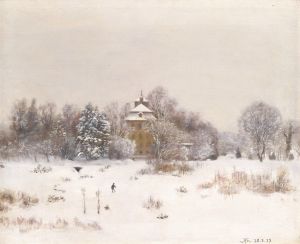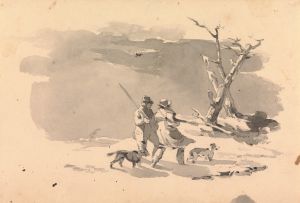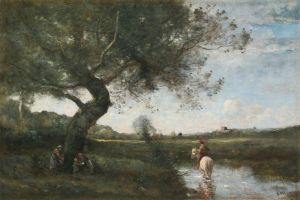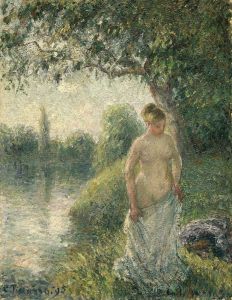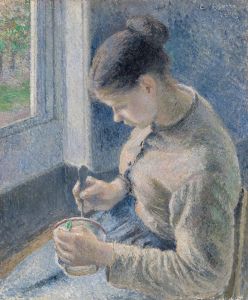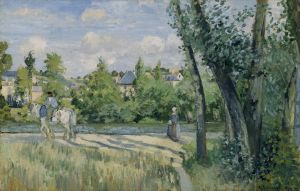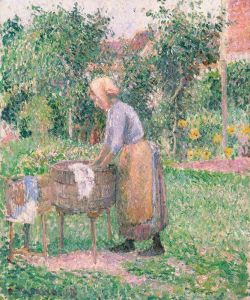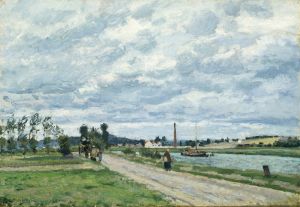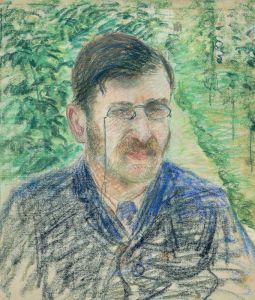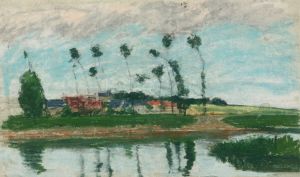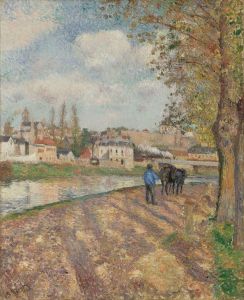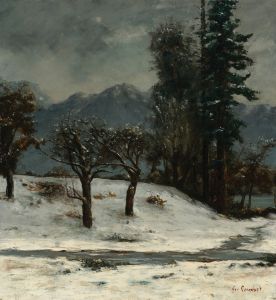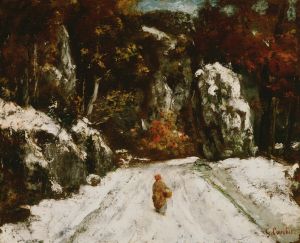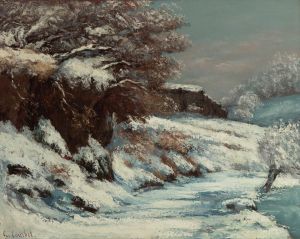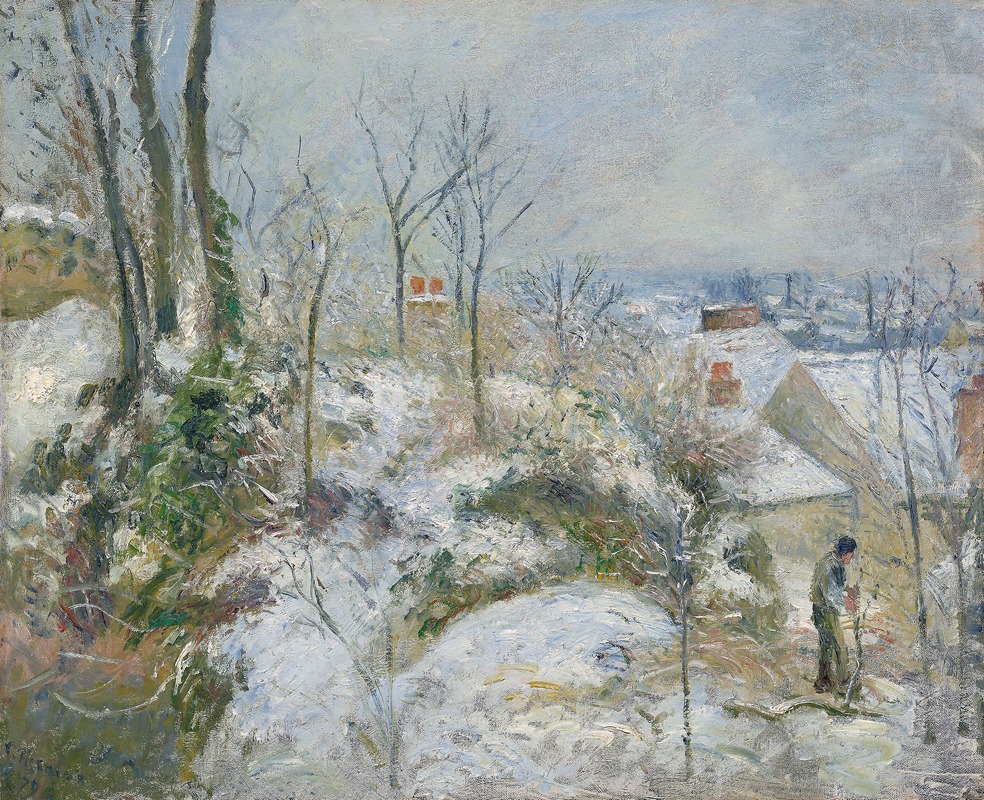
Rabbit Warren at Pontoise, Snow
A hand-painted replica of Camille Pissarro’s masterpiece Rabbit Warren at Pontoise, Snow, meticulously crafted by professional artists to capture the true essence of the original. Each piece is created with museum-quality canvas and rare mineral pigments, carefully painted by experienced artists with delicate brushstrokes and rich, layered colors to perfectly recreate the texture of the original artwork. Unlike machine-printed reproductions, this hand-painted version brings the painting to life, infused with the artist’s emotions and skill in every stroke. Whether for personal collection or home decoration, it instantly elevates the artistic atmosphere of any space.
"Rabbit Warren at Pontoise, Snow" is an oil painting created by the renowned French artist Camille Pissarro in 1879. Pissarro was a pivotal figure in the Impressionist movement, known for his innovative techniques and dedication to capturing the nuances of natural light and rural life. This particular painting is a testament to his skill in portraying the serene beauty of the French countryside during winter.
The painting depicts a snow-covered landscape in Pontoise, a commune in the northwestern suburbs of Paris, where Pissarro lived and worked for several years. Pontoise was a significant location for Pissarro, as it provided him with ample inspiration for his landscapes and allowed him to explore the effects of light and atmosphere in different seasons. The choice of a rabbit warren as the subject matter reflects Pissarro's interest in rural themes and his ability to find beauty in everyday scenes.
In "Rabbit Warren at Pontoise, Snow," Pissarro employs a muted color palette dominated by whites, grays, and subtle blues to convey the cold, tranquil atmosphere of a snowy day. The composition is characterized by its simplicity and balance, with the snow-covered ground leading the viewer's eye into the distance. Pissarro's brushwork is loose and expressive, capturing the texture of the snow and the bare trees that punctuate the landscape. This technique is emblematic of the Impressionist style, which sought to capture the fleeting effects of light and weather rather than focusing on precise detail.
Pissarro's work during this period was influential in the development of Impressionism, and he was known for his collaborative spirit and mentorship of younger artists. He was a central figure in organizing the first Impressionist exhibition in 1874 and continued to support and encourage his fellow artists throughout his career. His dedication to painting en plein air, or outdoors, allowed him to observe and depict the changing conditions of the natural world with authenticity and immediacy.
"Rabbit Warren at Pontoise, Snow" is housed in the Musée d'Orsay in Paris, which holds an extensive collection of Impressionist and Post-Impressionist masterpieces. The painting is celebrated for its serene beauty and its ability to evoke the quiet stillness of a winter's day. It exemplifies Pissarro's mastery of capturing the essence of a scene through color, light, and composition.
Camille Pissarro's contributions to art extend beyond his own paintings; he played a crucial role in the Impressionist movement and influenced many artists who followed. His commitment to depicting the natural world with honesty and sensitivity continues to resonate with audiences today, making works like "Rabbit Warren at Pontoise, Snow" enduring examples of his artistic legacy.





